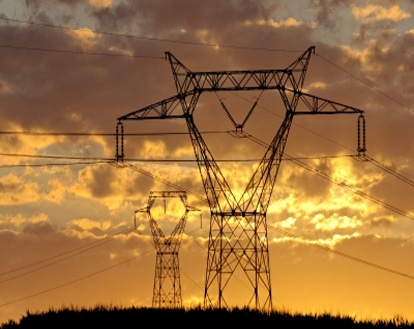Recent legislation introduced in Maine has demonstrated the aggressive stance the state has adopted on a topic Washington remains reluctant to address—defending against the possibility of a natural or man-made electromagnetic pulse capable of disabling the country’s electrical grid system.
Introduced by Rep. Andrea Boland, LD-131 was taken up by the Joint Standing Committee on Energy, Utilities and Technology in mid-February and, if passed into law, would require anyone applying for a certificate of public convenience and necessity (CPCN) for the construction of transmission lines to include design plans for limiting electromagnetic field levels and protecting the transmission and distribution system against damage from either an electromagnetic pulse or geomagnetic storm. In addition, any transmission lines currently under construction at the time the legislature was to be passed into law would need to incorporate the same safeguards.

“Maine is in a neighborhood, where even a normal geomagnetic storm can have disastrous consequences . . . because of [Maine’s] high northern latitude and granite geology,” Dr. Peter Vincent Pry, former staff director of the EMP Commission established by Congress, said. “Maine is also closer to the ‘EMP bull’s-eye’ for a nuclear EMP attack [than most other states] because of its proximity to New York City and dependency on the Eastern grid. New York City and the Eastern grid, [which] generates 70 percent of the nation’s electricity, would be especially tempting targets for a terrorist or rogue state nuclear EMP attack.”
Several other experts touched upon recent national interests, including North Korea’s growing weapons capability and ongoing cyber attacks allegedly originating from China, as evidence for increasing the focus on developing EMP protection.
Former Pentagon official F. Michael Maloof noted that legislators in other states, including Tennessee and Georgia, are considering similar action and suggested that the federal government may take notice if enough states express concern.
“It needs to be a bottom-on-up, rather than a top-on-down effort,” he said.
A second, “working session” was held in late-February, during which opposition to the bill from local and state utility companies was presented. Boland’s bill remains in discussion.
For more information, visit WND.
